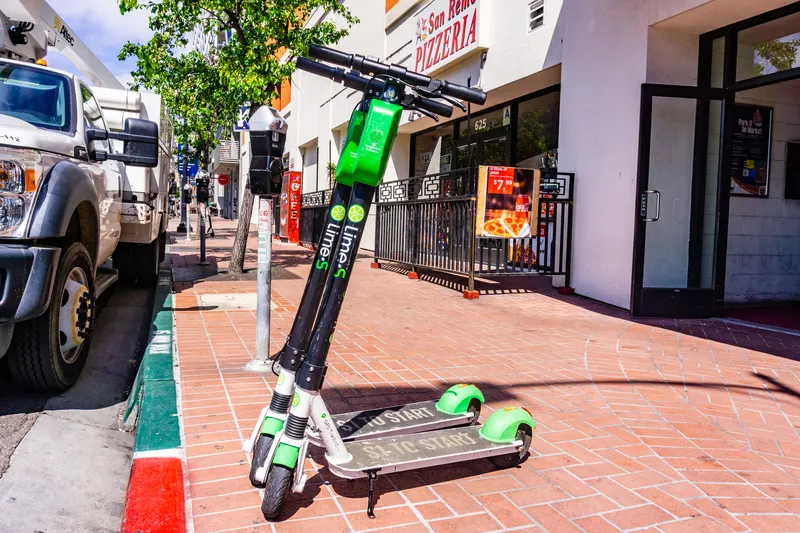
The company says it collects accelerometer and speed data for every trip and detects the underlying surface of a road or pavement using a statistical model.
According to Lime, users in San José, California, receive a notification if more than half of the ride was taken on a pavement. In the future, an image outlining when and where pavement riding occurred may be sent to the rider at the end of the trip, the company adds.
EV Ellington, Lime’s northern California general manager, says: “Lime has been working on sidewalk riding detection since hearing concerns from some city and community partners, and we believe we may have finally cracked the code on this issue and developed a technology that is effective, safe and scalable.”
“Once we have that data in hand, we can share it with the City of San José and work on potential infrastructure improvements, such as protected bike lanes, to make riders and pedestrians feel safe,” Ellington adds.










